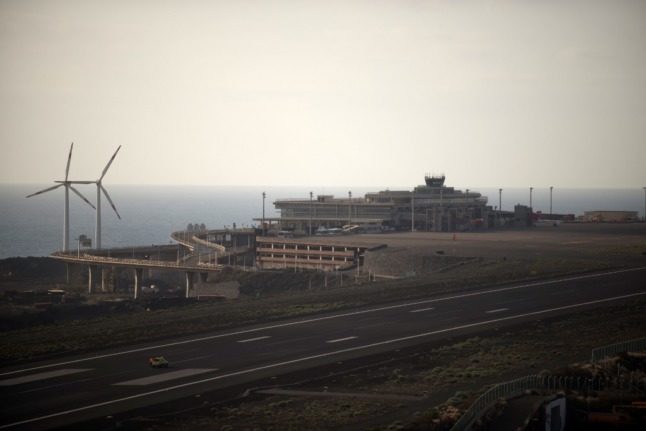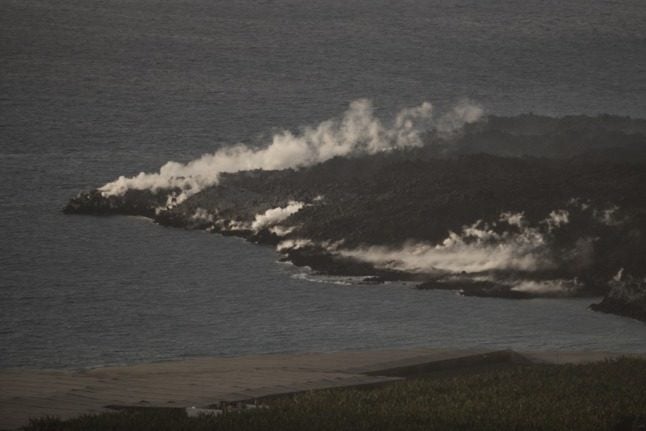Airlines scrapped all 38 flights scheduled for Sunday, most of them to and from other islands in the Atlantic archipelago off Morocco, an airport spokesman said.
Only four of the 34 flights scheduled for Saturday went ahead as planned.
Local airline Binter said in a statement it would “restart activity as soon as possible and as long as conditions allow flights to resume safely”.
La Cumbre Vieja volcano, which lies 15 kilometres (nine miles) west of the airport, erupted on September 19th, spewing out rivers of lava that have slowly crept towards the sea.
So far no-one has been killed by the continuous lava flows, but the molten rock has covered 750 hectares (1,850 acres) and destroyed 1,800 buildings, including hundreds of homes, according to the European Union’s Copernicus disaster monitoring programme.
About 7,000 people have been evacuated from their homes on the island, which has a population of around 85,000 people.
The eruption has covered a large area with volcanic ash and been accompanied by dozens of minor earthquakes most days.
La Palma airport has had to close twice since the eruption began and airlines have sporadically had to cancel flights.
The below photo, posted on Twitter by Dutch investigative journalist and geochemist Sam Gerrits and taken at 9.02am on Sunday, shows the double ash cloud and lava fountain from the volcano.
Dubbele aswolk vanmorgen 09.02 onze tijd. Kijk die lavafontein! #CumbreVieja🌋#LaPalmaeruption #LaPalma pic.twitter.com/Kdo9HIbu4k
— Sam (@samgerrits) October 17, 2021
The head of the regional government of the archipelago, Angel Victor Torres, said Sunday that scientists monitoring the eruption have seen no indications that it is abating.
“We are at the mercy of the volcano, it’s the only one who can decide when this ends,” he told reporters.
READ ALSO: La Palma’s volcanic eruption not close to ending, experts warn
Spain’s central government and the regional government of the Canary Islands have so far earmarked 300 million euros ($348 million) for reconstruction on the island, which lives mainly from tourism and banana plantations.
Spanish Prime Minister Pedro Sanchez has vowed to “spend whatever money is needed to reconstruct this marvellous island”.
“We will be there until we have rebuilt 100 percent of everything which this volcano has destroyed,” he added during an interview with private television La Sexta on Thursday.
It is the island’s third volcanic eruption in a century, the last one taking place in 1971.



 Please whitelist us to continue reading.
Please whitelist us to continue reading.
Member comments